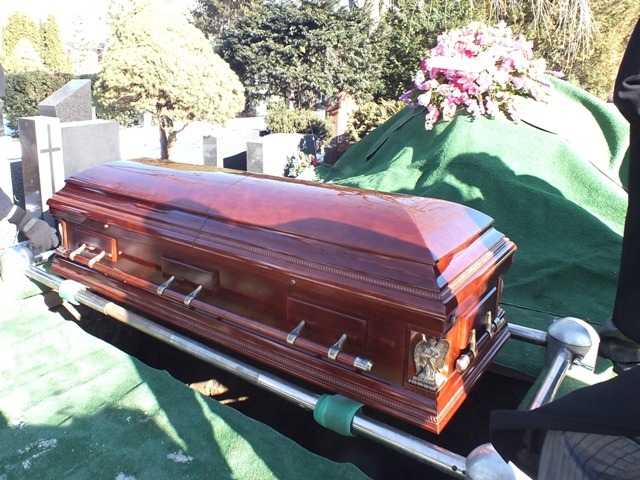Last week I passed on a story my friend Dr. Doug Beers told me about a case of avoidable death as a result of medical “overkill.” It was a distressing story, but Doug recently told me another story that disturbed me more. We were sitting on the dock at my place on Little Lake Sunapee, chatting with my neighbor who had just given us a tour of the lake on his boat. The conversation turned to my long-term friendship with Doug, and to the circumstances under which he had left the Boston practice where we both worked as internists to move to Portland, Oregon in 1984.
I had always blamed Doug’s former wife for her desire to move to the West Coast. It had truly been my misconception that Doug had responded to her desire to leave Boston when he took the job in Portland. Doug responded, “Not so!”
His response was that there were several factors but after a disastrous case he lost all enthusiasm to remain in our practice and left for a new beginning. I was pretty sure about what he was speaking of, but asked him to tell our friend the story.
Doug recounted that he had been on call for the weekend and that one of our colleagues who was not going to be available on the weekend had wanted Doug to see a patient on Friday afternoon. This way, Doug could then respond to the patient over the weekend from the perspective of knowing him, if things changed. Doug agreed and the man came to the urgent care office late on Friday as Doug was beginning his weekend responsibilities.
The man had a history of migraine and had been having recurrent headaches for more than a month. The headaches seemed somewhat like his migraines but were a little different. Neuro exams had been normal but the problem persisted. There was a history that at least two doctors including a respected neurologist, and a nurse practitioner had recorded of a bump on the head without loss of consciousness four or five weeks earlier. The neurologist was not impressed and was convinced that the headaches were an alternative expression of his migraine and that no further workup was indicated.
When Doug saw the patient he did a careful exam and noted no pulsation of the retinal veins, a potential sign of increased intracranial pressure. Doug was concerned that the bump on the head was significant and that it was possible that a CT should be done to rule out a subdural hematoma. When he tried to schedule the test at the hospital as an emergency, the on-call radiology resident refused unless the patient was seen again by a neurologist who would order the scan. As luck would have it, the neurologist who had seen the patient earlier was still in his office wrapping up for the day. He refused to see the patient.
Negotiations went on for some time, with everyone holding their position and the patient remaining in pain. The neurologist would not see the patient. Radiology would not do an emergency CT based on the concern of a lowly internist. Finally a neurology resident at the hospital agreed to see the patient after he had taken care of some other issues.
Apparently the neurology resident was swamped with work, between consults and his own patients. Doug got everyone to agree that the patient would come to the emergency room and have the CT after being seen by the neurology resident. Unfortunately after waiting for over three hours with no sign of the resident coming to see him any time soon, the man signed himself out of the ER AMA (Against Medical Advice). He went home, where six hours later he died of his subdural hematoma.
Doug recounts his anger at the neurologist, the radiology resident, the neurology resident, and himself. It is ironic that in this day and age our concern is overuse. Back then with everyone salaried and concerned about their own time and workload on the weekend, finance was not the problem. The problem was that several people to whom the system gave responsibility used the “rules” of the system to protect their own time and personal interests and the outcome was an avoidable death.
Doug was so angry with the system that he had to get out of it. When Doug had finished his story I realized he had experienced a trauma and subsequent PTSD like response from what some like Dr. Jonathan Shay call “moral injury” . It is a concept that has been around for more than a thousand years and perhaps is an important part of the explanation for so many suicides among soldiers returning from the Middle East.
Moral injury occurs when you are involved in an activity–even against your will–that violates your own sense of what is right. It is no consolation to many soldiers, and I fear some doctors, that they did their best. Because of properties within the system that essentially could be called “systemic evil” , they are part of a reprehensible outcome. The pain from such an event is hard to manage. Doug decided to remove himself from the system and has spent more than 30 years working at Emanuel Hospital in Portland, Oregon, where the system leaves him alone and is glad to have him doing work with underserved populations that is inspiring and perhaps redemptive.


